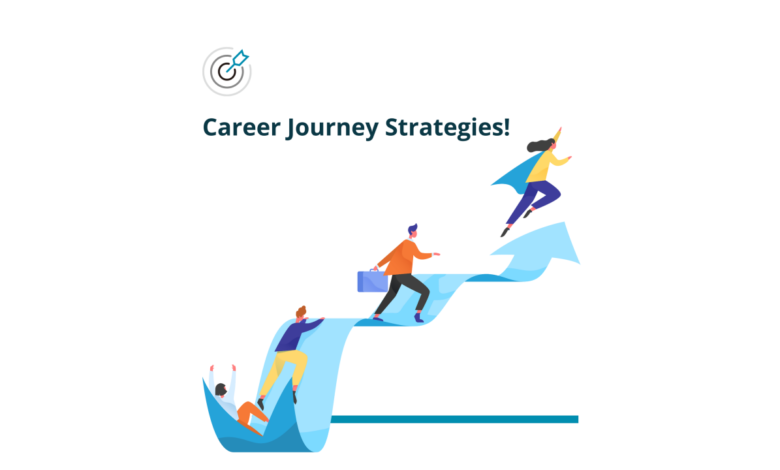Navigating the Terrain of Career Development

In the dynamic landscape of professional growth, the concept of career development stands as the compass guiding individuals through the intricacies of their professional journey. This comprehensive article delves into the depths of what career development truly entails, unraveling its significance, strategies, and the pivotal role it plays in shaping a fulfilling and successful professional life.
Understanding the Essence of Career Development
Career development is not merely a process; it’s a journey of self-discovery, skill enhancement, and goal achievement. At its core, it involves honing one’s abilities, acquiring new skills, and making strategic choices to progress in the professional realm.
The Key Components of Effective Career Development
- Self-Assessment: Unveiling Your Potential
Before embarking on any career journey, it is imperative to conduct a thorough self-assessment. Identify your strengths, weaknesses, interests, and values. This introspective analysis forms the foundation upon which a successful career is built. - Setting SMART Goals: Charting Your Course
Setting goals is pivotal in career development. The SMART (Specific, Measurable, Achievable, Relevant, Time-bound) framework ensures that your objectives are clear, attainable, and aligned with your overall career aspirations. - Continuous Learning: Staying Ahead of the Curve
In a rapidly evolving professional landscape, the pursuit of knowledge is ceaseless. Embrace a culture of continuous learning to stay relevant and equip yourself with the latest industry trends and technologies. - Networking: Building Bridges for Success
Networking is the lifeblood of career development. Cultivate meaningful professional connections to gain insights, mentorship, and opportunities that can propel your career forward. - Adaptability: Thriving in Change
The ability to adapt to change is a hallmark of successful professionals. Develop a mindset of adaptability to navigate uncertainties and emerge stronger in the face of evolving industry dynamics. - Showcasing Your Achievements: Crafting Your Professional Brand
Effectively communicate your accomplishments and skills through a compelling professional brand. This includes a well-crafted resume, a polished online presence, and a proactive approach to highlighting your achievements. - Mentorship: Guiding Lights on Your Journey
Engage in mentorship relationships to gain valuable insights from seasoned professionals. A mentor can provide guidance, share experiences, and offer a fresh perspective on your career development path. - Embracing Challenges: Fuel for Growth
Challenges are not obstacles; they are opportunities for growth. Embrace challenges as stepping stones toward achieving your career objectives. Each hurdle surmounted adds to your resilience and expertise. - Work-Life Balance: Sustaining Long-Term Success
Achieving success is not solely about professional accomplishments. Maintain a healthy work-life balance to sustain long-term success and overall well-being. - Giving Back: Fostering a Cycle of Growth
As you progress in your career, contribute to the growth of others. Mentorship, knowledge-sharing, and community involvement create a positive cycle of growth, benefiting both individuals and the industry as a whole.
Conclusion: Your Career, Your Odyssey
In conclusion, career development is an ongoing odyssey of self-discovery, growth, and achievement. By embracing the key components outlined in this article, you empower yourself to navigate the complex terrain of the professional world. Remember, your career is not a destination but a journey—a journey where each strategic step contributes to the narrative of your success. So, embark on this odyssey with purpose, resilience, and a commitment to continuous improvement, and watch as your career unfolds into a masterpiece of achievement and fulfillment.


